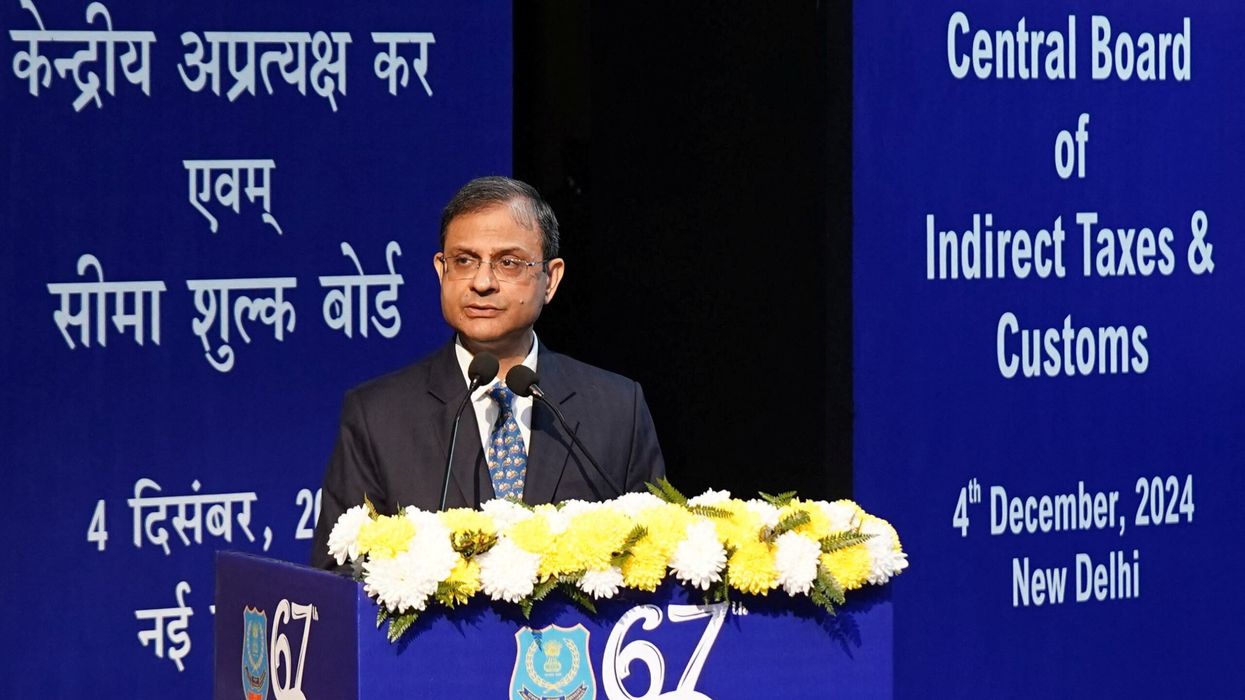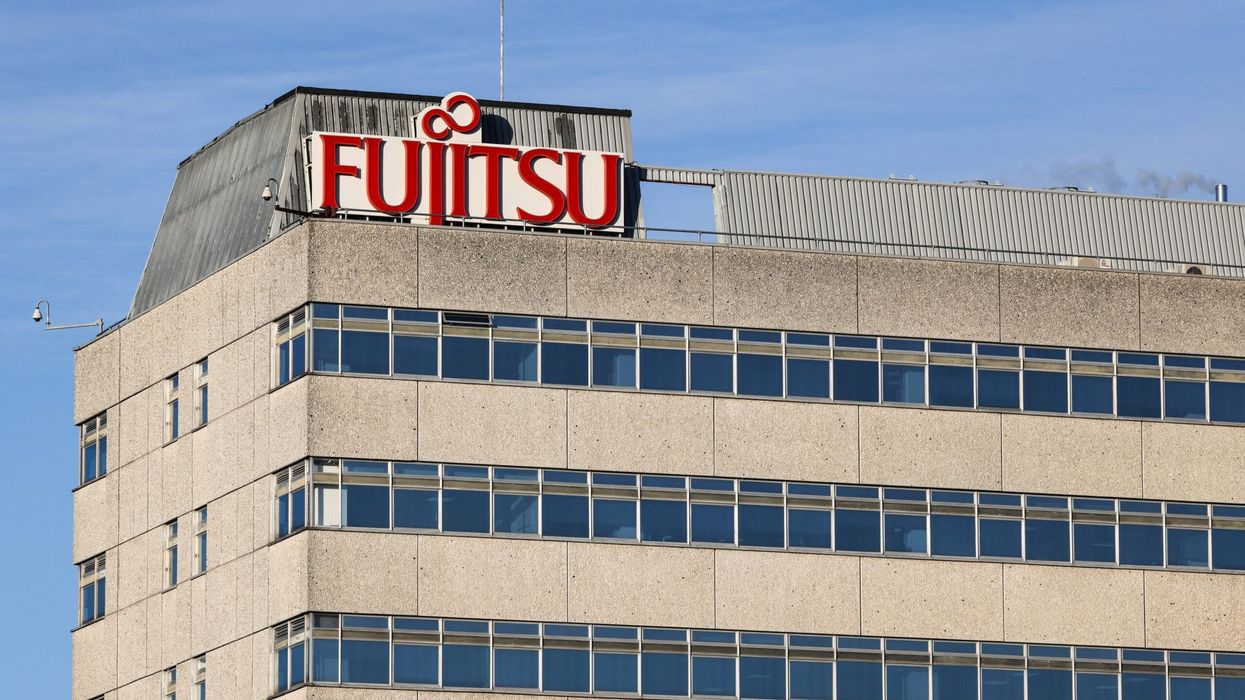Today, the marketplace has become increasingly competitive. In order to stand apart, companies need to focus on quality. It is a distinguishing and essential attribute in service and products. All the organizations should have an established system promoting quality and eliminating defects. This way, they will have a competitive advantage in the market. For this, organizations use the Lean Six Sigma methodology that holds the potential of generating sustained success.
Several organizations are implementing Lean Six Sigma as it is among the most notable ways of improving the quality of the service. The methodology focuses on the rate at which a company is unable to provide acceptable products and services. For example, in a manufacturing company, Lean Six Sigma can be used for reducing the number of defective products produced by a company. With the Green Belt certification, you will be able to make quality improvements in companies like manufacturing firms and process management organizations.
The success of the Lean Six Sigma methodology has encouraged several individuals into pursuing the certification. But, how can it help your career? Here are a few advantages of Lean Six Sigma Green Belt certification:
- Financial Benefits
Using the Lean Six Sigma Green Belt has several financial benefits that are well documented. Companies like Honeywell, Motorola, and GE are some of the major corporations that have posted great numbers for their Lean Six Sigma projects. With the methodology, they are able to save an average of about 60k dollars. If the project’s savings are not near this amount, the reason for this can be that they are lacking the right support. Another reason for this failure can be that the support wasn’t correctly selected. By using the Lean Six Sigma methodology, companies are able to save about 100k dollars on a project. Here are a few examples of companies that have enjoyed the financial benefit of Lean Six Sigma:
- Allied Signal - This company has saved as much as $800 million dollars since 1995.
- US Army - US Arms is a certified member of Lean Six Sigma Green Belt. With the methodology that is anticipating about $2 billion in savings and is enjoying their success.
- General Electric - This company has been in the process of growth and development for more than 3 years and they have cost savings of more than $2 billion.
In terms of finance, companies that have people trained in Lean Six Sigma and have completed a project successfully might save around $60k. However, this is dependent on the project you are working in.
- Strategic Benefits
As a Lean Six Sigma Green Belt certified professional, you will also have the benefits brought upon by the strategic nature of the methodology. In order to achieve this, you have to take the training and complete the projects that have strategic importance like solving a major issue in the business. The skills you learn during the training will enable you to solve complex problems in a limited amount of time. Your job is not just putting off the fire, but also eradicating the root cause and preventing it from ever happening again.
- People Development Benefits
With a Green belt certification, you will also be able to enjoy the benefits offered by the organization. During the training, you will learn how to suggest new ideas, speak with confidence, and solve a given problem successfully. With such skills, your self-esteem is bound to boost. Apart from that, as a trained Green belt, you will start realizing the need and importance of change in an organization. You will help them understand the problem and work on eliminating the root problem and preventing it from happening again.
- Customer Benefits
When the organizations offer better delivery and quality, the customers are able to enjoy better service. This is why several customers ask the business owners if they are utilizing the Lean Six Sigma methodology. With Green Belts in the team, organizations are able to attract new customers and increase their credibility. They will believe that what the organization is offering the best, whether it is a product or service that you are selling.
Lean Six Sigma is also known for enhancing customer satisfaction. If the organization is using the methodology, it will have implemented better quality control and improved processes, which will result in the development of a better product. This will result in more satisfied customers.
When the organization is delivering the best experience to its customers, they are bound to remain loyal to the brand. Only such customers will return to your business for making future purchases. However, you also have to ensure that your product or service has high-quality consistently.
- Competitive advantage
Lean Six Sigma Green Belt can be used for sales pitches and marketing campaigns. When you show to the stakeholders and customers that you have Green belt certified professionals, they will know that you have the means of implementing the methodology. This way, you will be improving your performance and outsmarting your competitors.
There are several benefits of getting the Lean Six Sigma Green belt certification that you can enjoy in a small amount of time. You will be confident enough to make decisions because everything will be based on the collected data and analysis.
Learning the Lean Six Sigma methodology and implementing it in the organization can significantly impact its future. As an individual, having a Green Belt certification on your CV proves to your recruiters that you are committed to improving your analytical skills and business acumen. However, it is important that you pursue this certification from a reliable institute like KnowledgeHut. KnowledgeHut online courses are designed as per industry standard and requirement. All the instructors are industry experts and deliver hands-on learning. Certification will help you stand apart from the crowd and lead to improved salary and better job opportunities. The training for the Green Belt will also prepare you for a leadership role. As you move up the hierarchy and get the Black Level, you won’t be just knowledgeable in the methodology, but also be ready for taking on the role of a change agent in the organization.











